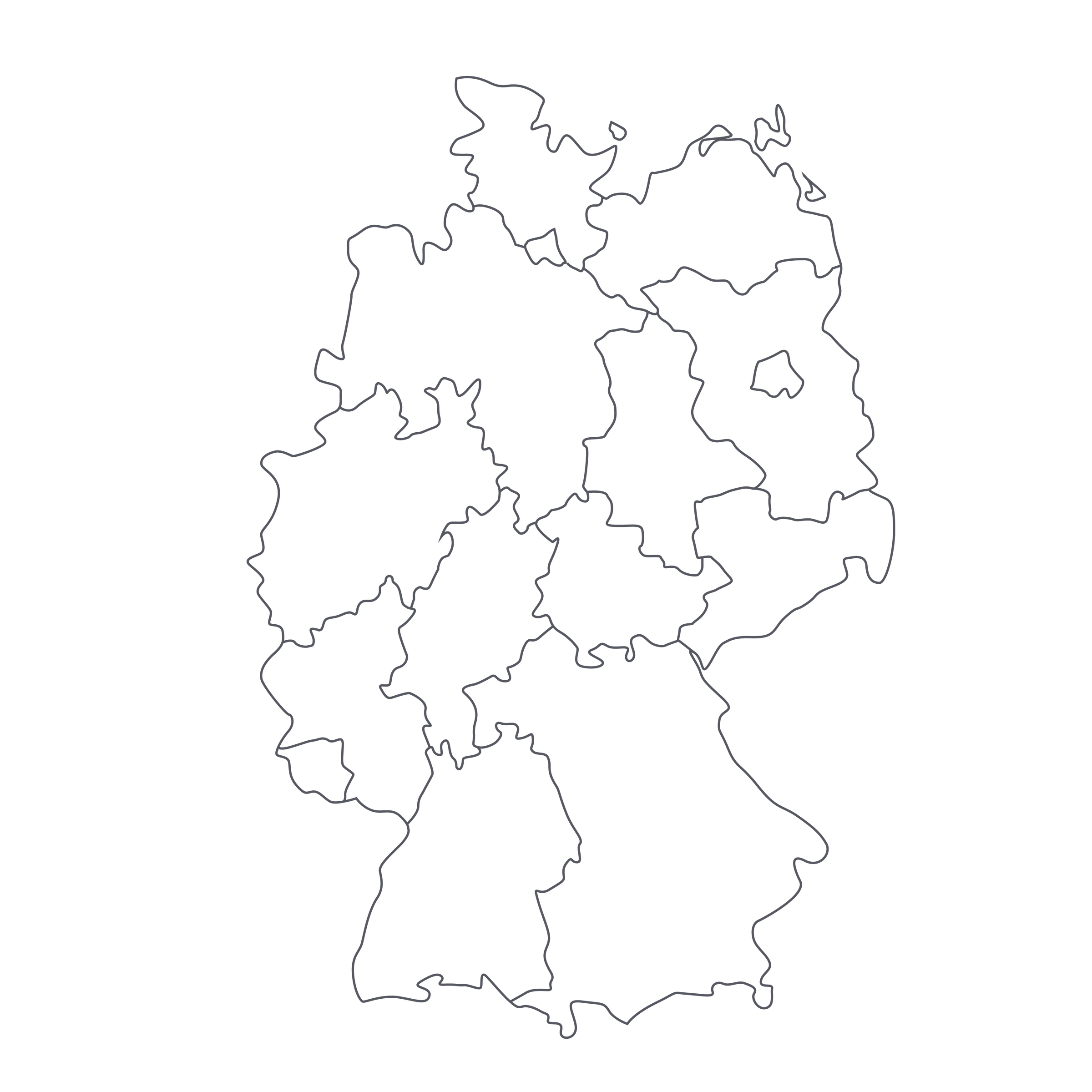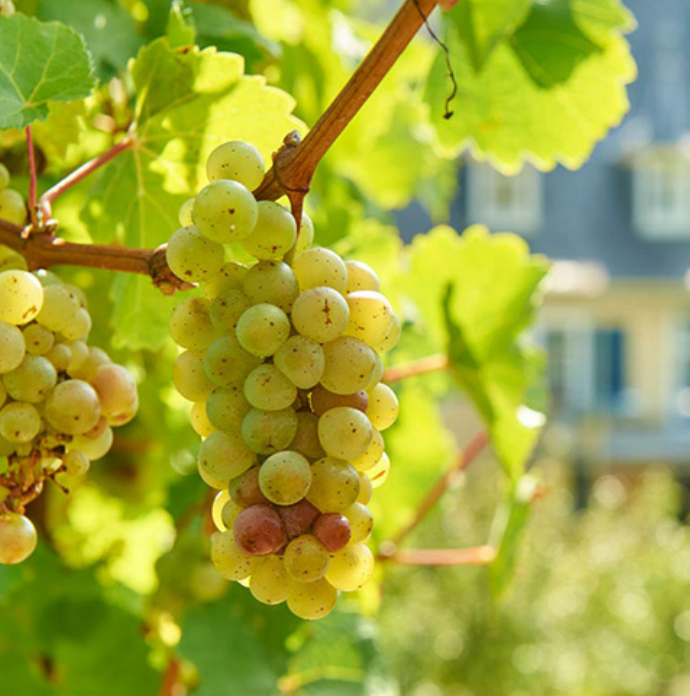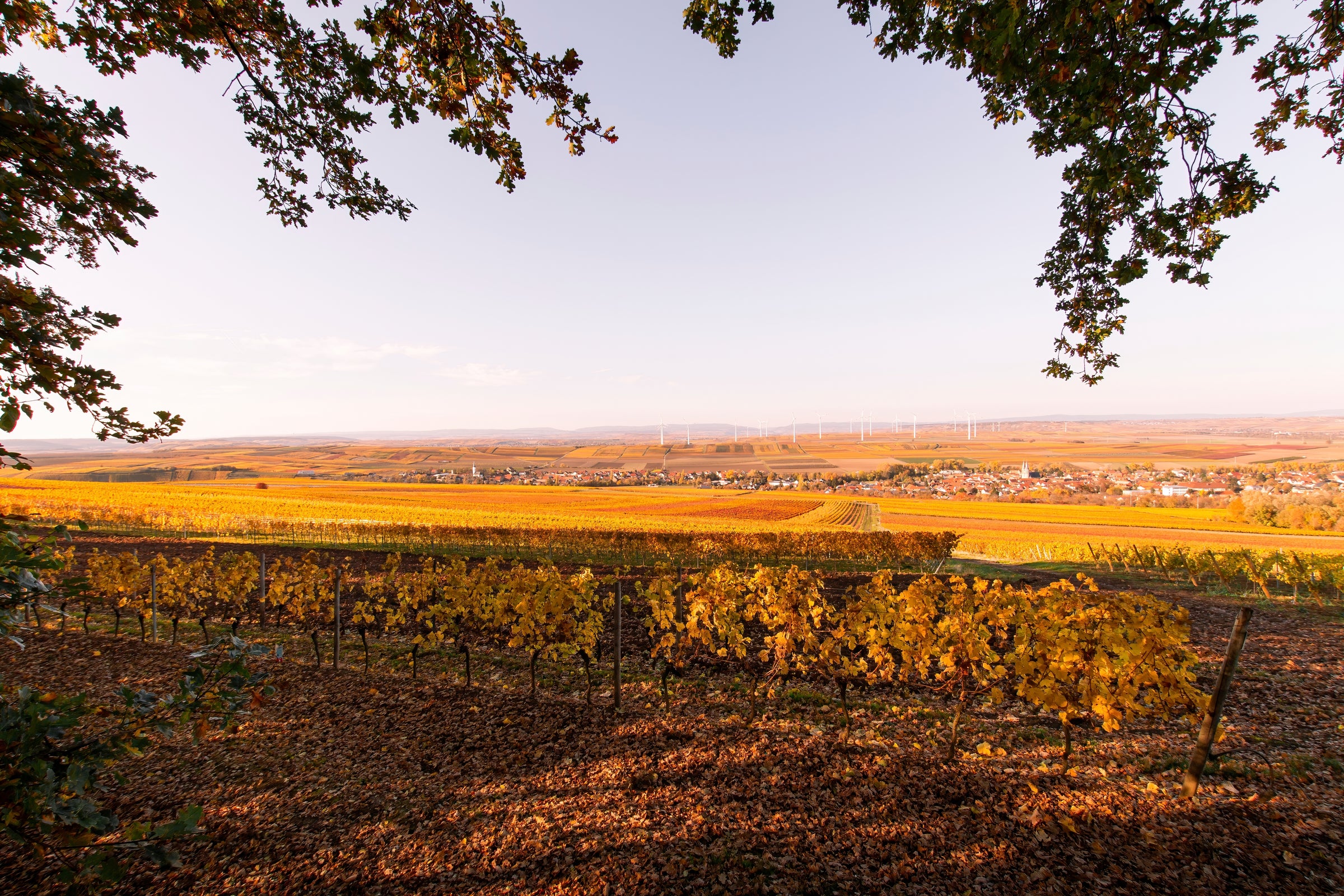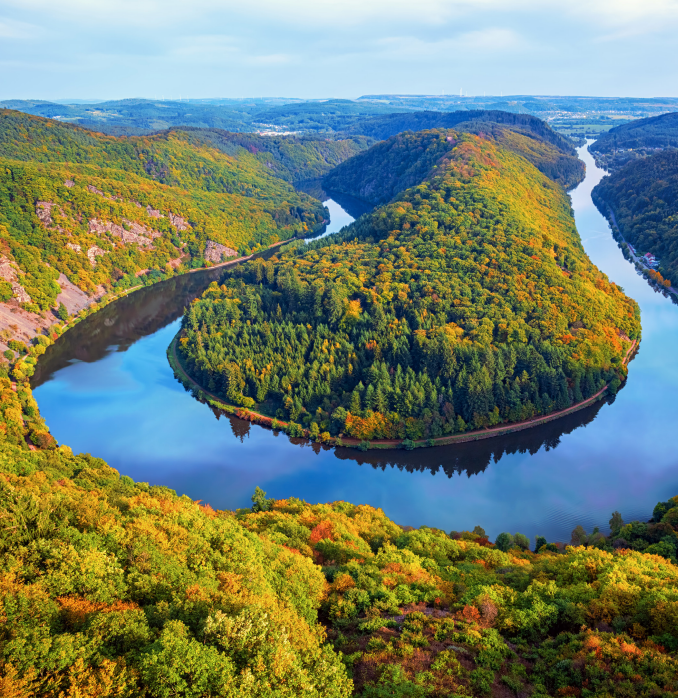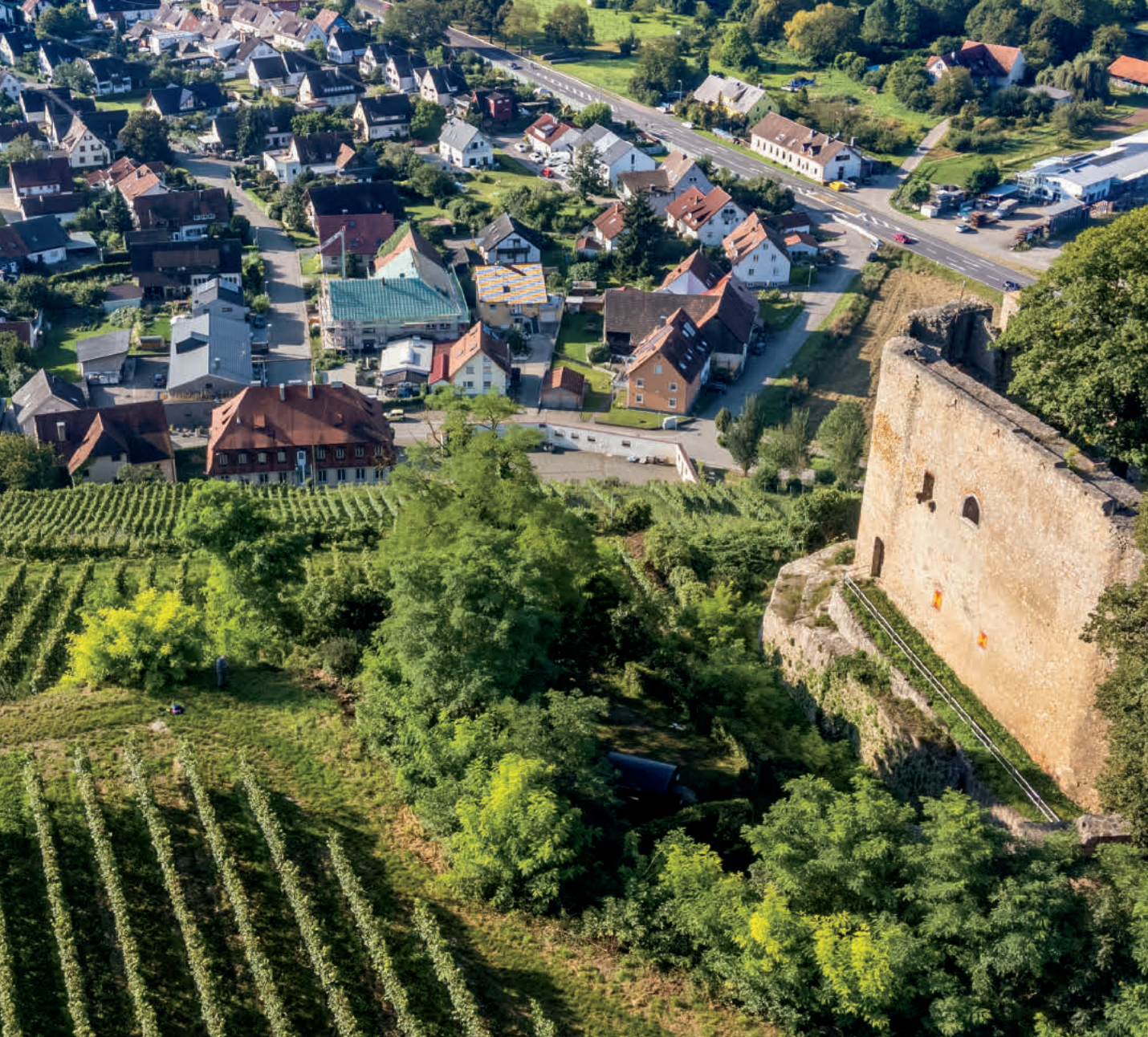Becker Landgraf’s ‘15 Gau-Odernheimer is a stunning, deeply aromatic, softly textured Spätburgunder that is a dead ringer for young Chambolle-Musigny or Morey-Saint-Denis, and it merits a full-on competition to prove its worth. So, I urge you to invite a few friends over and tell each one to bring a $50+ bottle of fine red Burgundy. When they arrive, bag the bottles while secretly adding this into the mix. Shuffle their order, and that’s it, you’ve successfully hidden a bottle of German Spätburgunder that will be vying for top “Burgundy” of the evening (at the lowest price).
Still, calling today’s offer a Burgundy wouldn’t be far off at all—other than country of origin, its climate, terroir, farming methods, and élevage are eerily similar: Old, gnarled, sustainably farmed vines buried deep in clay and limestone; lengthy skin contact and 100% barrel aging; unfined and unfiltered; and a cellar-worthy gem that will provide 10+ years of enjoyment—this screams top-dollar Burgundy on paper and in the glass. Really, at this price, you’ll never find red Burgundy with this much attention to detail. German Spätburgunder has experienced a sonic boom in recent years and top critics have hoisted it onto their shoulders with jubilant praise. You can’t afford to stand idly by any longer—these wonderfully elegant and aromatic stunners won’t stay sub-$30 forever!
Just a short drive south of the famous Rheingau region, along the verdant banks of the Rhine River, you’ll find Rheinhessen, the largest of Germany’s 13 wine regions. It boasts wine history that dates to Roman times and, more recently, has gained superstar status thanks to quality-minded producers dedicated to Riesling and Spätburgunder. Spouses and business partners Julia Becker-Landgraf and Johannes Landgraf bring a rich history from both sides of their families: The Becker estate was established in 1783 and the Landgraf history reaches back to the mid-1700s! So, when Julia and Johannes combined forces to form Weingut Becker Landgraf, two of Rheinhessen’s wine dynasties were fused together. Together, this dynamic duo is steeped in centuries of winemaking experience and, with their massive push to farm sustainably, you can taste every flavorful nuance and each layered texture.
Today, the fourth-generation couple, who call themselves “J2,” meticulously farm 20 acres to produce their small-production, handcrafted wines. The winery is nestled in the small town of Gau-Odernheim, near the celebrated Petersberg summit, which is where the grapes in today’s wine are farmed. They firmly believe that great wine is made in the vineyard; as such, they strive to naturally translate their special terroir in the glass. Incredibly eco-conscious, they eschew irrigation, artificial fertilizers, and use only natural compost to enrich the soil. Yields are kept extremely low, which results in wines of ample concentration, with the unique fingerprint of their special geographical pocket in Rheinhessen. Come harvest, they hand pick grapes over numerous passes to ensure that only perfectly ripened, pristine fruit makes its way into their wines. Today’s Spätburgunder is fermented with wild, natural yeasts in stainless steel ‘Becker Tanks’ (owned by Julia’s father and considered some of the finest in Germany) without any additives. The wine is then transferred into barriques—30% new and 70% second, third, and fourth-use barrels—for 15 months. It is bottled without fining and filtering, delivering absolute purity and a breathtaking sense of place.
Channel everything you know about a ripe, yet traditionally crafted Chambolle-Musigny and you’ll be nearing just about every descriptor for today’s 2015 Gau-Odernheimer Spätburgunder from Becker Landgraf. Coming in unfined and unfiltered, it sports a hazy, ruby core with soft pink hues on the rim. After decanting for 30-60 minutes, the nose erupts with a blend of fresh flowers, underbrush, and ripe black/red fruits that only increase in intensity as it continues seeing air. Candied cherries, black raspberry, red plums, fresh cut roses and violets, forest floor, damp leaves, sage, orange peel, black tea, and wonderful lifts of baking spice. The palate is supremely elegant and layered with high-toned red fruits and spice that coexist with edible flowers and a crunchy minerality that lingers alongside a wave of acidity. Thanks to fine-grained tannins and perfect ripeness, the medium-bodied wine is supple and smooth from start to finish. Still, there is structure and refinement here that shows its future will be star-bright, with its best drinking coming around 2020—though it will certainly continue blossoming over the the next decade. Serve in large Burgundy stems just above cellar temperature and pair with the attached Zurich-styled
geschnetzeltes—a creamy, sliced meat dish. This recipe calls for veal strips, and if you want to go all out, substitute the roasted potatoes for a quick and easy
spätzle. Cheers!


